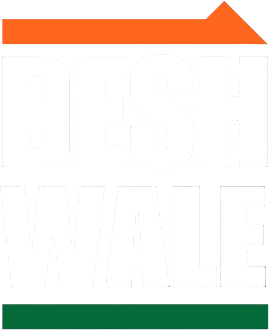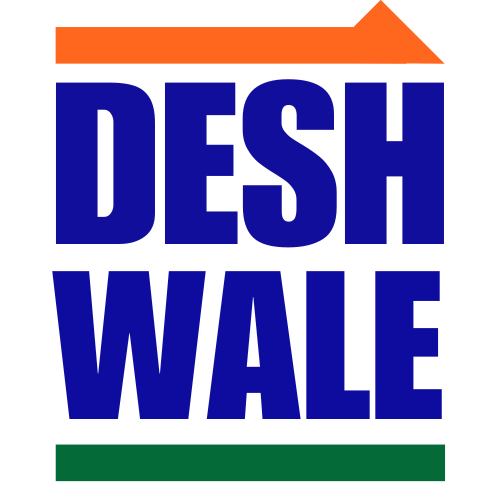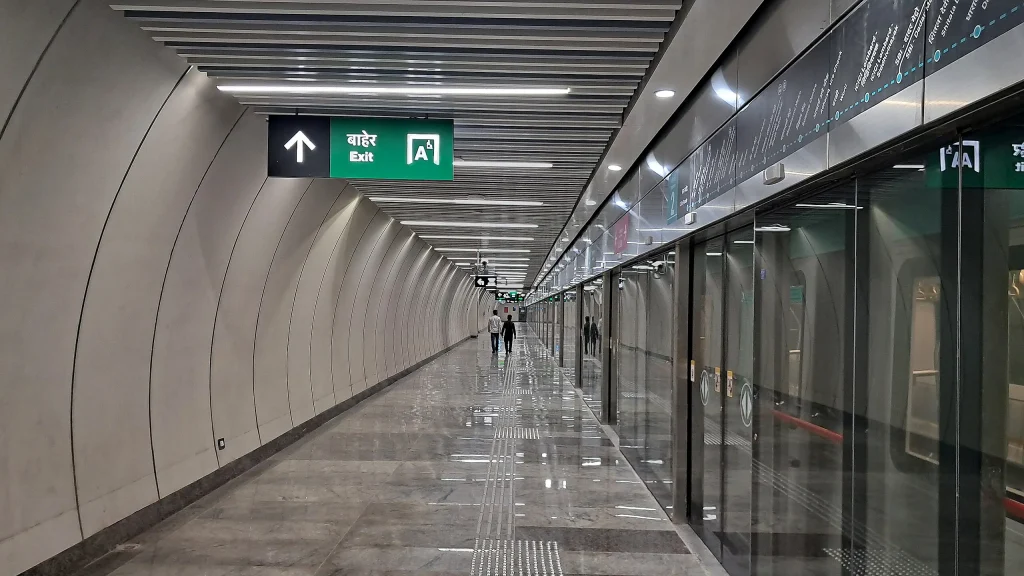Mumbai Metro 3, or Aqua Line, the much-awaited underground corridor aimed at revolutionising city transport, is facing unexpectedly low ridership. The first operational stretch, between Aarey and BKC, has witnessed an average of only 46 passengers per service, raising concerns over feasibility and commuter interest. However, authorities believe the upcoming Phase 2A (between BKC and Acharya Atre Chowk), set to open by March 2025, could turn the tide.

Despite the hype surrounding Mumbai’s first fully underground metro, the first phase of Metro Line 3 has failed to attract commuters in large numbers. Several key factors contribute to this lukewarm response.
Firstly, its limited reach is a major drawback. Only six out of the planned 27 stations are operational, restricting its utility for long-distance commuters. Secondly, poor last-mile connectivity makes access difficult. Finding an auto, bus, or cab to reach a metro station is a challenge, discouraging passengers from using the service. Unlike Mumbai’s local train network, which has seamless access to autos and feeder buses, Metro 3 lacks an efficient last-mile transport system.
Adding to the inconvenience is its underwhelming frequency—trains arrive every 15 minutes, which is a dealbreaker for many Mumbaikars accustomed to local trains arriving every 3–4 minutes during peak hours.

Ticket prices are another deterrent. Compared to BEST buses and local trains, Metro Line 3 feels expensive. For short distances, many commuters prefer autos or shared cabs, which offer door-to-door service at a more affordable price.
Lastly, accessibility remains an issue. Many infrastructure elements around Metro Line 3 stations are still under construction, making it difficult for passengers to reach them. Skywalks, parking spaces, and pedestrian-friendly pathways are yet to be completed, further affecting ridership.

Current ridership figures: Recent reports highlight worrying statistics. Each metro train carries an average of just 46 passengers per trip. Total daily ridership remains low, with commuters preferring existing transport systems. Stations such as Marol Naka and Bandra-Kurla Complex (BKC), expected to be high-traffic areas, have seen less-than-expected footfall.
While Phase 1 has struggled, authorities remain optimistic that numbers will rise as more stretches open.
Phase 2A set for March 2025: Will it boost numbers?
Authorities are betting on Phase 2A (BKC–Acharya Atre Chowk) to boost ridership when it opens by March 2025. Here’s why this phase is crucial:
What Phase 2A brings to the table:
- Extends connectivity deeper into South Mumbai.
- Links Bandra-Kurla Complex (BKC) to Acharya Atre Chowk, a crucial stretch for office-goers.
- More stations = higher frequency, reducing waiting time.
Why it could Be a game-changer:
- More stations mean commuters will finally have a meaningful route to travel, rather than the current isolated stretch.
- Last-mile connectivity initiatives (like feeder bus services) are expected to roll out, making metro travel easier.
- As Phase 2A opens, metro authorities plan to increase train frequency, bringing down waiting times from 15 minutes to 5 minutes during peak hours.
The full Mumbai Metro 3 corridor will eventually connect Colaba–Bandra–SEEPZ, spanning 33.5 km with 27 stations. Once completed, it will provide:
- Faster North-South travel, cutting time between Colaba and SEEPZ to just 50 minutes (compared to nearly 90 minutes via road).
- Reduced congestion on Mumbai’s roads, with thousands of commuters shifting from private vehicles to metro.
- Better air quality, as fewer vehicles lead to lower emissions.
Mumbai Metro 3, despite its slow start, has the potential to become a game-changer for the city’s transport network.



